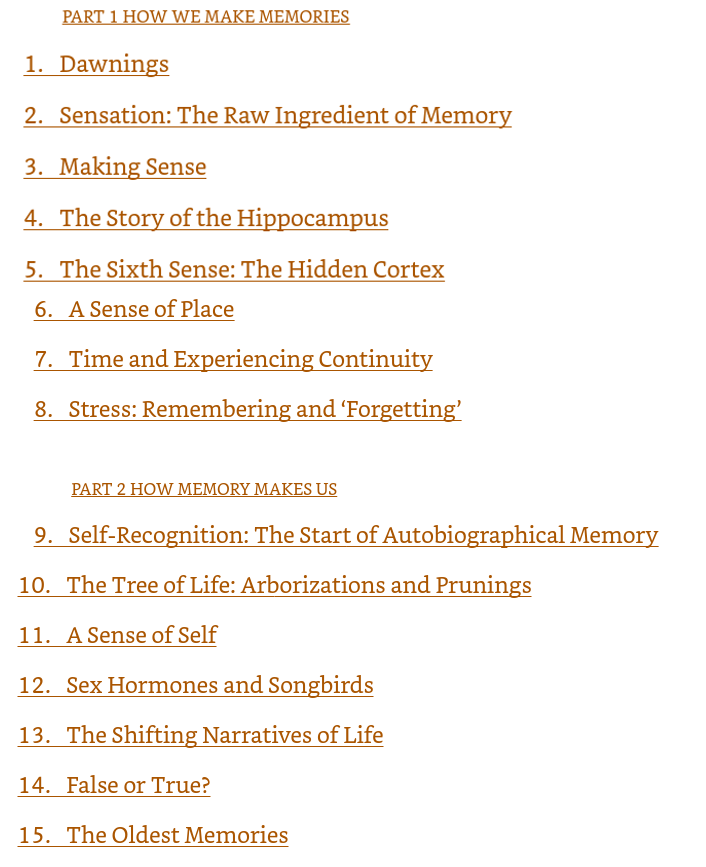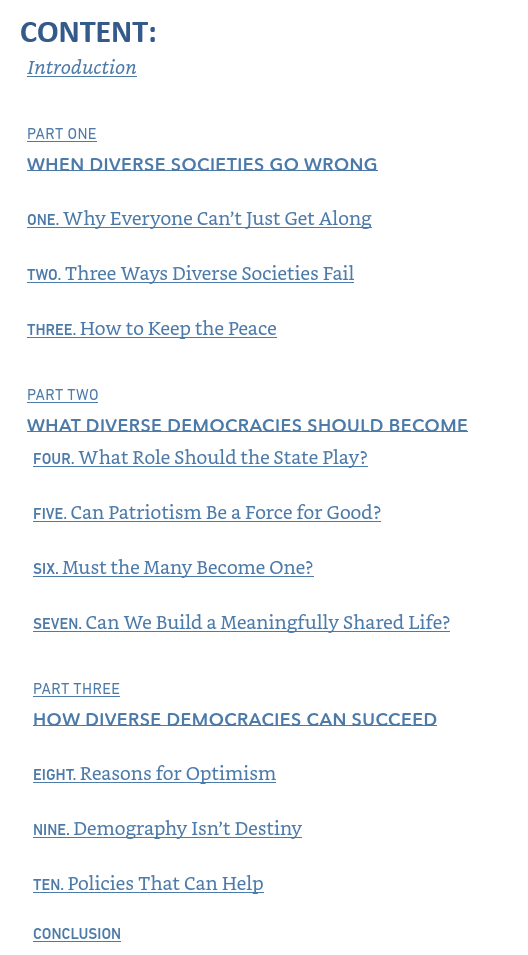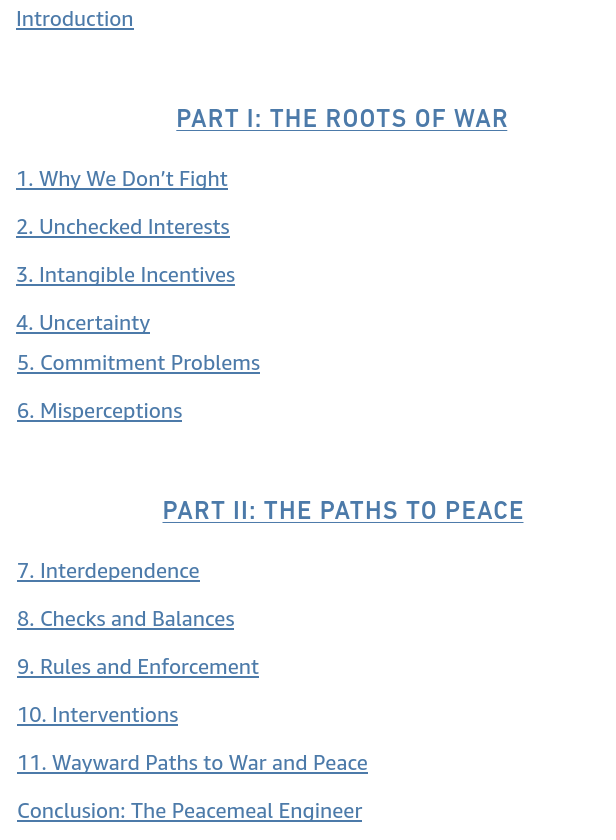20221029 – Chatter

MAIN IDEA:
This book explores an essential feature of human existence: internal chatter. The author defines it this way in the introduction:” Chatter consists of the cyclical negative thoughts and emotions that turn our singular capacity for introspection into a curse rather than a blessing. It puts our performance, decision making, relationships, happiness, and health in jeopardy. We think about that screwup at work or misunderstanding with a loved one and end up flooded by how bad we feel. Then we think about it again. And again. We introspect hoping to tap into our inner coach but find our inner critic instead.” Then the discussion goes into why it happens and how it impacts our behavior and relationships with others. In conclusion, the book provides a set of tools to deal with the chatter and hopefully achieve the condition of clear and constructive thinking. Here is the list of tools:
- Use distanced self-talk.
- Imagine advising a friend.
- Broaden your perspective.
- Reframe your experience as a challenge.
- Reinterpret your body’s chatter response.
- Normalize your experience.
- Engage in mental time travel.
- Change the view.
- Write expressively.
- Adopt the perspective of a neutral third party.
- Clutch a lucky charm or embrace a superstition.
- Perform a ritual.
CONTENT:

MY TAKE ON IT:
I think the internal flow of verbalized thoughts is the key to understanding the human condition because humans live their lives in the imaginary world only marginally connected to reality. This imaginary world simultaneously includes past, present, and future, defining human actions, whether these actions are kinetic or communicative. Depending on how close our internal imaginary world is to reality, these actions will be successful or unsuccessful in achieving the intended result.
It also defines our memories. Interestingly enough, in a few well-documented cases when human infants were raised by animals and brought into normal environments, they had no recollection of their life before language acquisition. Actually, every one of us would have a tough time remembering anything from our life for the first two years when we have no tool for internal chatter. So, the point is one should not be afraid of the inner chatter but rather look at it as a vital part of existence that should be consciously controlled to assure its consistency with objective reality.
20221022 – A Sense of Self

MAIN IDEA:
This book explores human memory, how it forms, what parts of the brain are involved, and how much memory formation depends on the individual’s emotional condition. It also looks at the interconnection between memories and an individual’s personality. The author presented a very brief description of the content before each of the two parts:
PART 1: Memory is the medium through which we filter present experience and create a sense of time, place and person. Through my own experiences as a clinician and scientist and through the experiences of my patients, we will see how neural pathways carry sensations from the outside world to become representations in the brain, and the role that emotions play as an intrinsic part of the memory process. We then dive into the brain’s memory factory of the hippocampus, the emotional fire-spark of the amygdala and the rag and bone shop of the insula to understand the inner workings of the brain. Finally, I will explore why we fail to even register some things, while vividly remembering others.
PART 2: The neural networks in our brain change from infancy to old age. Ideally suited to sensation gathering and discrimination, the infant brain develops into an organ adapted for abstract reasoning. The knowledge we imbibe and the events we experience become interwoven in the dendritic tangles of the ever-changing brain, shaping our sense of self and identity. We will explore how current experience constantly takes apart and reconstructs memory. A culture’s collective memory ensures both an ever-expanding knowledge base and a sense of a shared past. In the final chapter I sort through some of our oldest collective memories as passed down in fairy stories, as well as through my childhood steeped in folklore and the stories of my patients, who taught me that the real matter of memory is experience.
CONTENT:

MY TAKE ON IT:
I think the most important thing to understand about the human brain overall and specifically its memory function is the dynamic character of its condition. Neurons are constantly being created and destroyed, activated and disactivated, building new connections and losing the old ones. In short, the flow of time does not only relate to the external environment. It also relates to our internal environment: personality, self-understanding or sometimes self-misunderstanding, our internal image of others, and so on. In short, this dynamic character leads to a human’s dependency on self-activity and interactions with others just to maintain this human’s brain in good working condition. Probably more than any other part of the human body, the brain depends on the well-known and somewhat trivial idea:” Use it or Lose it” So, suppose one wants to keep his brain in good condition, even later in life, when external demands on one’s physical or intellectual efforts disappear. In that case, intellectual activity is an absolute necessity.
20221015 – Catching Fire

MAIN IDEA:
This book offers a fascinating and very plausible theory of how humans moved from being just another type of pack animal to a unique kind of animal, very different from all others. This theory is based on the fact that humans are the only animal that does the cooking. The process of using heat to change the parameters of the food, making it much more easily digestible and tasty, invented by proto-humans, produced an essential change in their environment. This change included a drastic decrease in time and biological resources required to digest food, freeing proto-humans to interact, cooperate, and eventually develop the human brain and consciousness. Furthermore, these new forms of application of bio-resources significantly decreased human dependence on the environment, ultimately resulting in contemporary societies with their high levels of abundance of everything.
CONTENT:

MY TAKE ON IT:
I think this book’s main idea is valid and supported by sufficient evidence. It really makes a lot of sense, and I agree entirely with the idea that cooking changed human biology and was a necessary factor in humans becoming humans. I would only add that if one looked at it a bit wider as a part of the overall process of humans changing environment to fit their needs, and in turn, the new environment changes human DNA via evolution. This loop of changes is not over and will not be over for a while. It started with changes of a small piece of food by using fire to make it more digestible, then moved on to changes in the part of the environment close to the body in the form of clothes, then moved to houses, roads, machinery, dams, and irrigation. Humanity is now moving to the next step in this process by establishing control over the global environment, climate, etc. It is a long process, and we are probably still in the early stages. However, it is essential to understand this process’s initial stages, so humans can understand where they are coming from and where they are going.
20221009 – The Great Experiment

MAIN IDEA:
This book is about diversity and democracy, their compatibility or lack thereof. It discusses the grand experiment that European elites embarked on at the beginning of the XXI century: to open highly developed welfare states of Europe to massive immigration from culturally different countries and try to achieve some kind of democratic accommodation between these diverse people. The book constantly refers to another great experiment of the creation and development of United States of America that combined diverse immigrants from all over Europe and forged the most productive, powerful, and wealthy society that ever existed. The author clearly states what he wants to achieve in this book:
” In part 1, I explain why it is so hard for the great experiment to succeed. Humans are very prone to forming in-groups and discriminating against outsiders. This helps to explain why diverse societies have often suffered from anarchy, domination, or fragmentation. To avoid these common pitfalls, they need to find ways to keep humanity’s instinct toward groupishness in check.
In part 2, I put forward an ambitious vision for what diverse democracies might one day look like. Their citizens can be true to their deepest convictions, charting their course through life in the confident knowledge that they are free from both the oppressive powers of the state and the restrictive norms imposed on them by their own elders. They feel a shared commitment to their country rooted in its civic traditions and its everyday culture. Their public spaces resemble a vibrant park where each group can do its own thing, but people from different backgrounds often choose to interact. And finally, the informal rules that govern how people treat one another encourage them to seek out greater mutual understanding and solidarity, holding on to the idea that the citizens of diverse democracies can come to create a meaningfully shared life.
Finally, in part 3, I explain why it is realistic to pursue this ambitious vision for the future of diverse democracies, and speak to what both citizens and policy makers can do to help turn it into reality. Over the past decades, diverse democracies have made genuine progress toward raising the living standards of minority groups and accepting them into the societal mainstream. They can build a more integrated culture and political system, avoiding a dystopian future in which the main political cleavage runs between natives and immigrants, or whites and “people of color.” And while there is no panacea for the serious challenges and injustices that remain, realistic changes in public policy, electoral politics, and the choices we make in our everyday lives can hasten the arrival of such thriving diverse democracies.”
The author also offers a metaphor for successfully accommodating the newly diverse society of natives and immigrants into one viable democracy: the public park. The rules are as follows:
- A public park is open to everyone. Parks allow visitors to do things on their own, to congregate in likeminded groups, or to pursue joint activities with complete strangers.
- A public park gives its visitors options. Visitors pursue a huge variety of legitimate activities in parks. They run or walk, read or talk, play sports or share food. That great variety is a very good thing. But for a park to remain safe and attractive, its visitors need to afford one another the same rights and freedoms they themselves wish to enjoy.
- A public park creates a vibrant space for encounter.

MY TAKE ON IT:
I find this book quite naïve, despite the author’s allocation of the whole part to cataloging what could and does go wrong in a diverse society. The best way to demonstrate it is the comparison between the contemporary diversification of European societies to the formation of the most diverse country in the world, the USA:

I believe that mass immigration would stop very soon if it did not already. The mass movement of non-elite natives will force the strict limits on immigration well before immigrants obtain sufficient power to impose their ways on natives. Then, deprived of hopes to achieve dominance, most immigrants would switch to the American mode of accommodation and become regular citizens not materially different from natives over a few generations.
20221002 – Why We Fight

MAIN IDEA:
The first part of this book investigates the reason for mass violence between people, organized in various structures from small street gangs or massive empires. Then, it combines these reasons into five types:
This first is unchecked interests. The costs of war are the main incentive for peace, but when the people who decide on war aren’t accountable to the others in their group, they can ignore some of the costs and agony of fighting.
The second reason is intangible incentives. There are times when committing violence delivers something valued, like vengeance or status or dominance.
The third way bargains fall apart comes from uncertainty. The fact that you don’t have the same information as your rivals means that attacking is occasionally the best strategy, even if fighting is detrimental.
Fourth is something called a commitment problem. Usually, when your rival grows powerful, your best option is to concede something. But what if you’re warned of your opponent’s rise in advance? You can strike now, while you’re still strong, and avert your decline.
Fifth and finally, our misperceptions interfere with compromise. We are overconfident creatures. We also assume others think like us, value the same things we do, and see the world the same way. And we demonize our enemies and attribute to them the worst motives.
The second part discusses five ways to maintain peace and, in conclusion, proposes ten commandments that should be applied to maintain peace:
- Thou Shalt Judge the Easy from the Wicked
- Thou Shalt Not Worship Grand Plans and Best Practices
- Thou Shalt Not Forget All Policymaking Is Political
- Honor Thy Margins
- Thou Shalt Find the Path by Exploring Many
- Thou Shalt Embrace Failure
- Thou Shalt Be Patient
- Thou Shalt Set Sensible Goals
- Thou Shalt Be Accountable
- Find Your Margin
CONTENT:

MY TAKE ON IT:
I think the five complex reasons for organized violence are way too much, making a simple process more complicated than it should be. In my opinion, there are only two reasons for violence between human-controlled entities, whether these entities are individuals or empires. These too reasons are:
- Intention to change the current situation that is perceived as unsatisfactory into a new condition that is more satisfactory to the initiator of violence
- Strong enough belief that the cost of violence would be less than the benefits, whether material or psychological, that could be achieved due to this violence.
Correspondingly, I believe that the only two processes that could lead to peace:
- The one and only approach that would always guarantee peace is to be much stronger than the opponent in material ability to inflict damage and convincingly demonstrate the will to use this ability. Such peace would be reliable as long as both factors are in the place
- The auxiliary process is to find accommodation with an adversary that would at least temporarily diminish its level of dissatisfaction with the current situation and generate in the adversary the hope that its satisfaction will eventually be achievable. Such peace would be unreliable and should be used only as a temporary tool.
I want to provide two examples, one real and another speculative:
- The real one was the Korean war, when after two years of Truman’s failing war conducted against a much weaker enemy, but with the primary objective to avoid escalation, the new Eisenhauer administration quickly achieved peace after announcing the doctrine of mass retaliation.
- The speculative one is the current war of Russian aggression against Ukraine. In 1996 USA and Russia guaranteed Ukraine its territorial integrity and peace. In exchange, Ukraine transferred its thousands of nuclear warheads and missiles to Russia. However, starting in 2014, Russia initiated aggression against Ukraine without any meaningful interference from the USA, demonstrating the complete emptiness of USA guarantees. Imagine that back in 2014 USA announced that it had no intention to interfere, removed its guaranties, and, as compensation, transferred a few hundred nuclear warheads to Ukraine. I wonder if anybody would doubt that, in this case, we would not have now the XXth century-style massive war in Europe.
